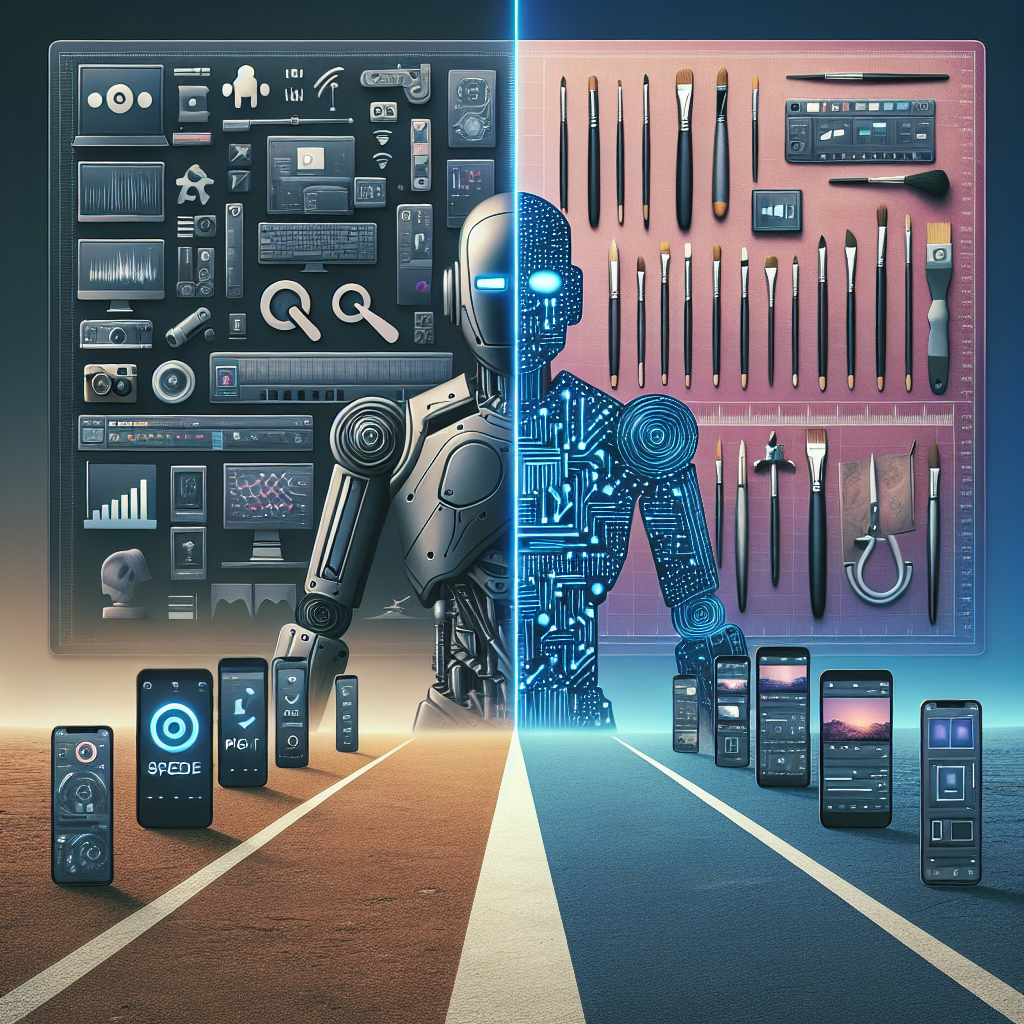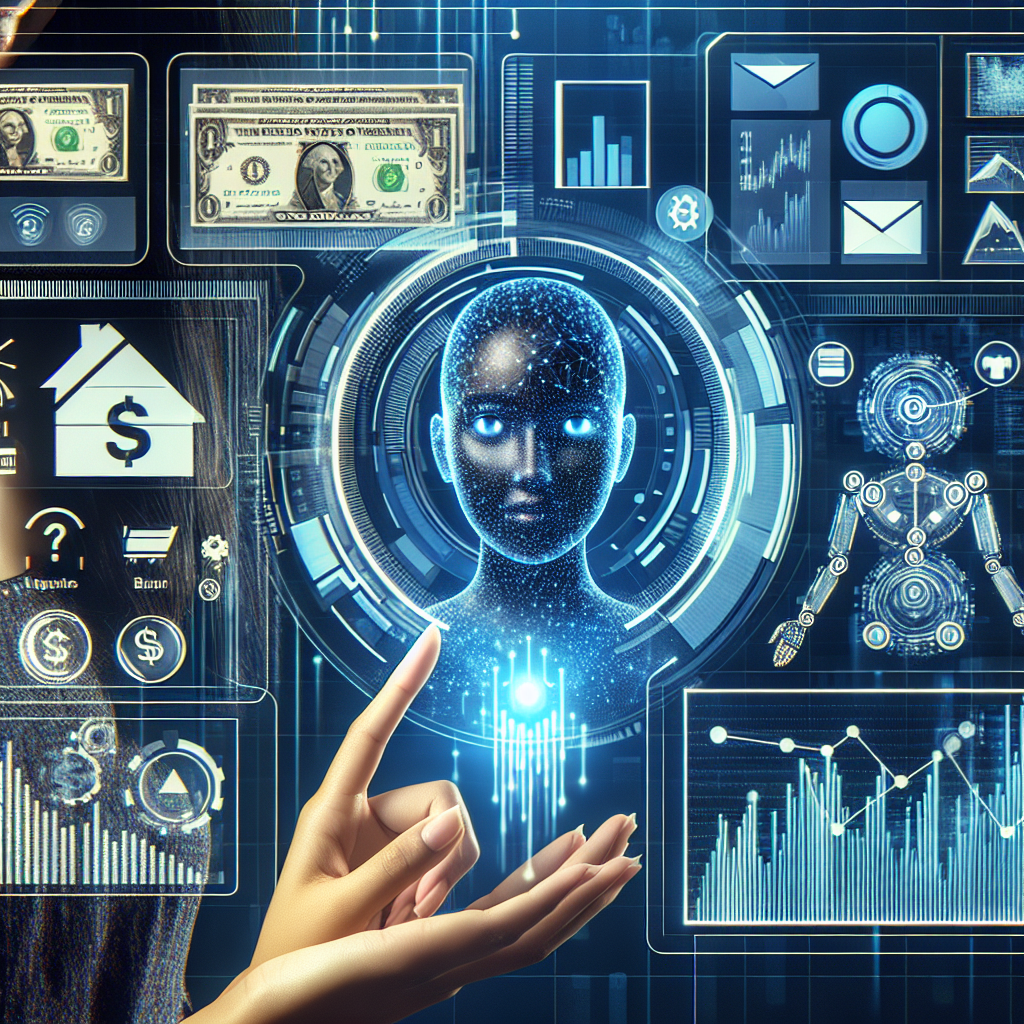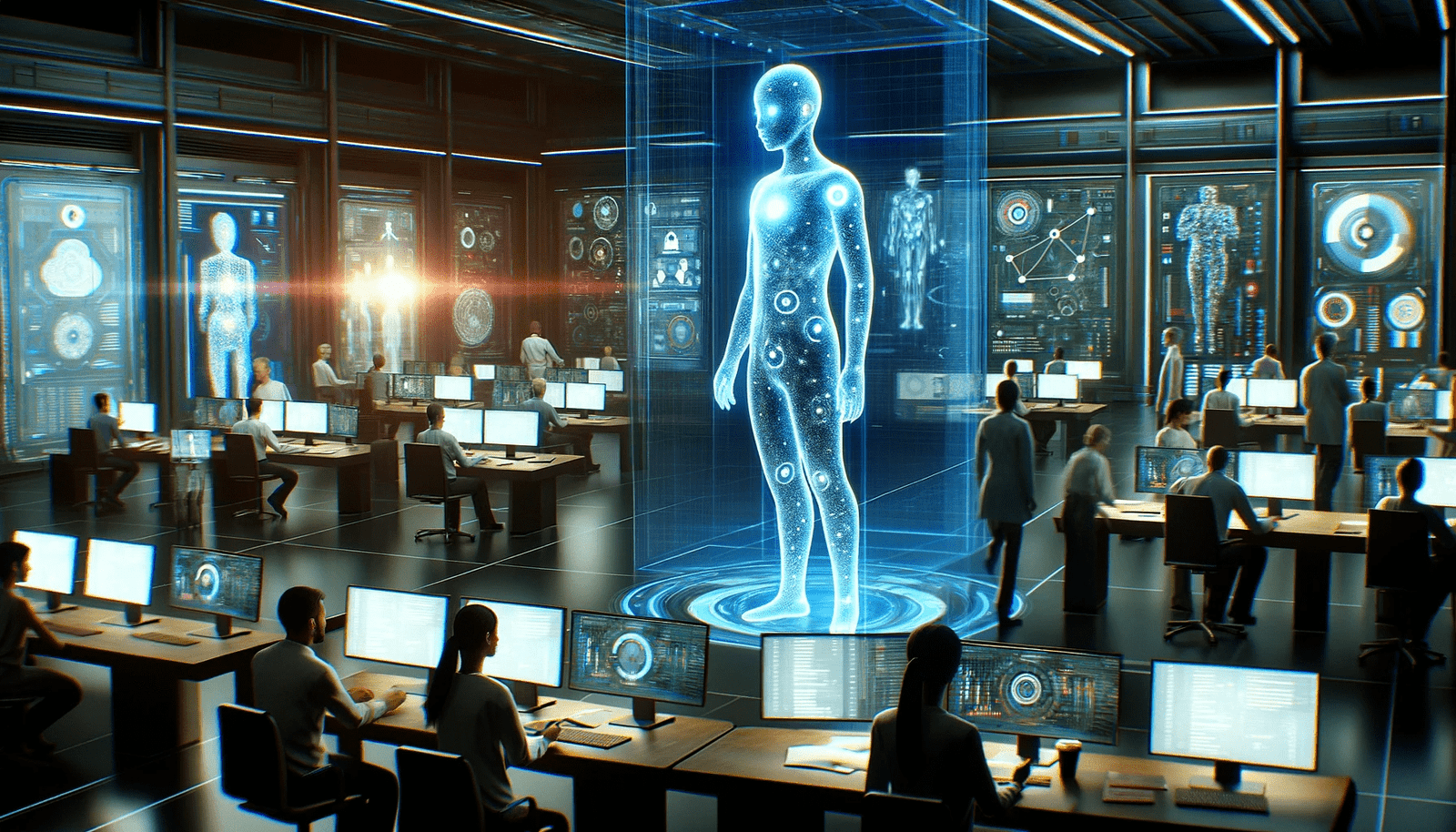AI-Enhanced vs. Traditional Workflows
In the fast-paced world of photography, the use of Artificial Intelligence (AI) has become increasingly popular when it comes to photo editing apps. But how do these AI-powered apps actually measure up against the tried and true traditional ones? Are they just a passing fad or a game-changer in the industry? This article aims to explore the strengths and weaknesses of AI photo editing apps compared to their traditional counterparts, providing an insightful look into the evolving landscape of digital image enhancement. So grab your camera and let’s uncover the exciting realm of AI photo editing apps!

AI Photo Editing Apps
In the world of photography, advancements in technology have revolutionized the way we edit our photos. One of the most notable developments is the emergence of AI photo editing apps. These apps utilize artificial intelligence algorithms to automatically enhance and manipulate images, providing users with a wide range of editing options at their fingertips. While AI editing apps offer numerous advantages, it is important to understand the disadvantages as well. In this article, we will explore the advantages and disadvantages of AI editing apps compared to traditional editing methods.
Advantages of AI Editing Apps
1. User Interface
AI editing apps often boast a simple and intuitive user interface, making it easy for anyone, regardless of their editing experience, to enhance their photos. These apps usually come with user-friendly tools and features, allowing you to navigate through the editing process effortlessly.
2. Editing Speed
With AI editing apps, editing your photos becomes a breeze. The application of AI algorithms enables instantaneous edits, saving you time and effort. In a matter of seconds, you can transform your images into stunning works of art.
3. Auto Corrections
One of the prominent advantages of AI editing apps is their ability to automatically enhance your photos. These applications use intelligent algorithms to identify common flaws, such as poor lighting or blurry images, and make the necessary adjustments to enhance the overall quality of the photo. This feature is particularly useful for quick fixes and improvements.
4. Customization Options
Despite their automatic enhancements, AI editing apps also provide users with extensive customization options. You can manually adjust various parameters, such as brightness, contrast, saturation, and more, to achieve the desired look for your photos. This level of flexibility allows for personalized editing and creative freedom.
5. Professional Results
AI editing apps have the capability to produce high-quality results that rival those of professional editors. The advanced algorithms analyze your photo and apply appropriate enhancements, resulting in stunning and visually captivating images. With these apps, you can achieve professional-level edits without the need for extensive technical skills.
6. Learning Curve
One of the standout advantages of AI editing apps is their ease of use. Even for beginners, these apps provide a seamless editing experience. With just a few taps on your device’s screen, you can transform your ordinary photos into extraordinary ones. The simplicity of the user interface and the automated features make it accessible and enjoyable for all users, regardless of their level of expertise.
7. Convenience
Another significant advantage of AI editing apps is the convenience they offer. These apps are designed to be accessible anytime and anywhere, as long as you have a compatible device and an internet connection. This means you can edit your photos on the go, whether you’re traveling or simply relaxing at home.
8. Artistic Vision
AI editing apps can assist in the creative process by providing users with a multitude of artistic filters and effects. These apps give you the opportunity to explore different styles and experiment with various editing techniques, expanding your artistic vision and allowing you to express your unique creativity through your photographs.

Disadvantages of AI Editing Apps
1. User Interface
While AI editing apps generally have intuitive interfaces, some users may find them too simplified or lacking in advanced editing tools. For photographers who require more control and precision over their edits, the basic user interface can be limiting.
2. Editing Speed
Although AI editing apps offer instantaneous results, some users may experience delays or lags when working on higher-resolution images or when applying complex edits. The processing power required for these apps to analyze and enhance photos can sometimes slow down the editing process, making it less efficient for time-sensitive projects.
3. Auto Corrections
While the auto-correction feature of AI editing apps is a great convenience, it may not always produce the desired results. Automatic adjustments may not accurately reflect the photographer’s intended vision, requiring manual adjustments to fine-tune the edits. This can result in additional time spent on perfecting the image.
4. Customization Options
Despite offering customization options, AI editing apps may have limitations in terms of the range of adjustments and effects available. The predefined settings and filters may not cater to every individual’s unique editing preferences, limiting the creative possibilities. For advanced photographers seeking more control and freedom in their edits, traditional editing methods may still be the preferred choice.
5. Professional Results
While AI editing apps can deliver impressive results, they may lack the precision and fine details achieved through traditional editing methods. Professional photographers who demand meticulous attention to detail and intricate edits may find limitations in the automated features of AI apps. Traditional editing techniques allow for more precise control and the ability to make nuanced adjustments tailored to the specific requirements of each image.
6. Learning Curve
Although AI editing apps are designed to be user-friendly, some photographers may still encounter a learning curve when navigating the various features and tools. It might take time and practice to fully understand the capabilities of the app and utilize them effectively. Traditional editing methods, on the other hand, require a deeper understanding of editing software but offer greater control over the editing process.
7. Convenience
While AI editing apps offer convenience in terms of accessibility, they are dependent on compatible hardware and software. The experience and efficiency of these apps may vary depending on the device’s processing power and the availability of stable internet connections. In contrast, traditional editing methods are not bound by these technological requirements and can be carried out offline, providing a consistent editing experience.
8. Artistic Vision
While AI editing apps provide a wide range of artistic filters and effects, they may still have limitations in capturing and expressing a photographer’s unique artistic style. These apps offer pre-defined presets, which may limit your ability to create a truly distinct and personalized look. Traditional editing methods allow for a more hands-on approach, enabling photographers to fully showcase their artistic vision and style through meticulous edits.
In conclusion, AI photo editing apps offer numerous advantages such as a simple user interface, fast editing speeds, auto-corrections, customization options, and the ability to achieve professional results. They are user-friendly, convenient, and assist in exploring and enhancing your artistic vision. However, they also have disadvantages, including limitations in the user interface, potential delays in editing speed, reliance on manual adjustments, limited customization options, potential lack of precision, a learning curve, dependence on hardware and software, and limitations in expressing artistic style. Understanding these pros and cons will help you make an informed decision about whether AI editing apps or traditional editing methods are better suited to your photography needs.



